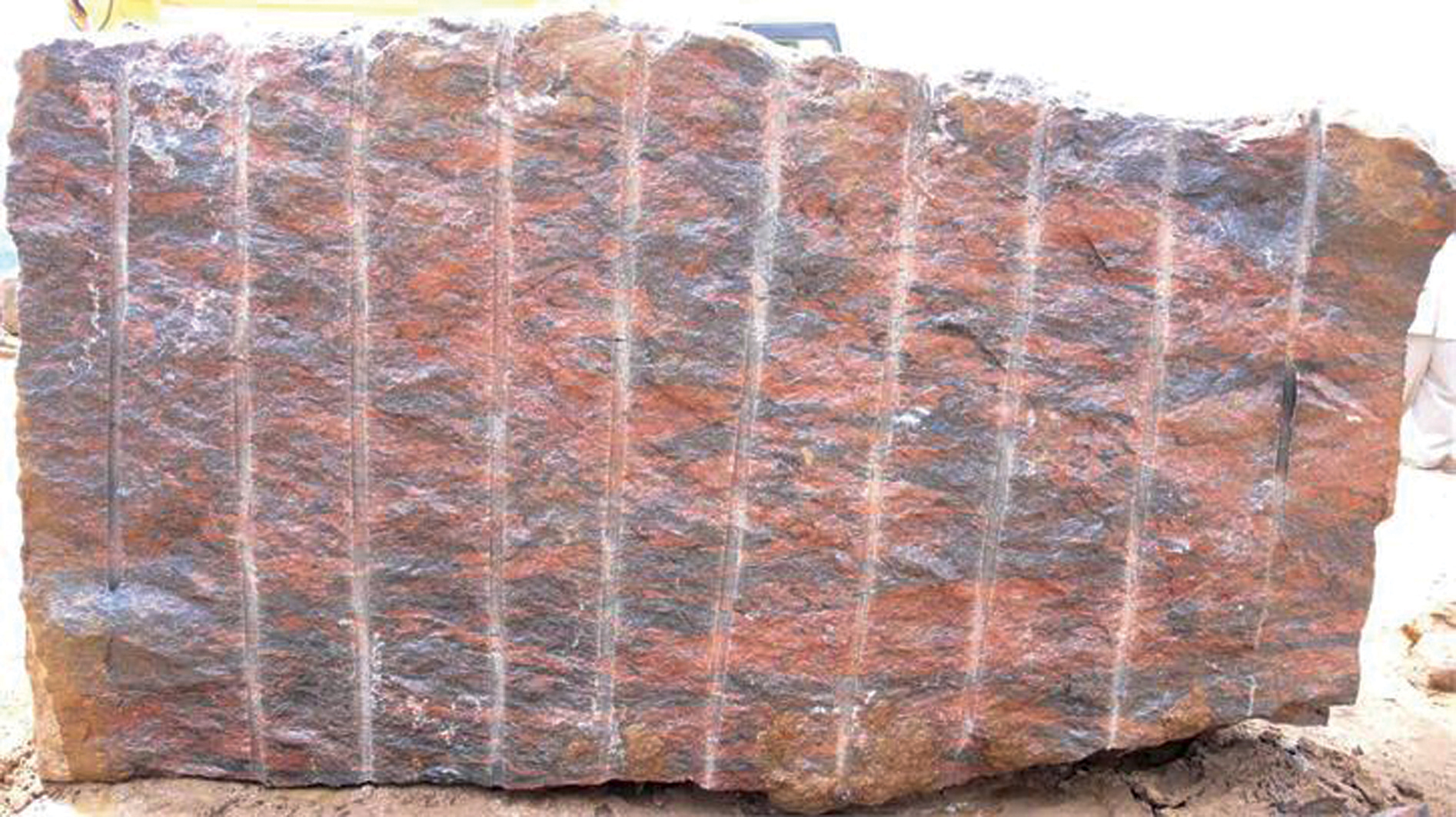Finding the Charm of Granite Quarry in South Africa Wonders
Finding the Charm of Granite Quarry in South Africa Wonders
Blog Article
Unearthing the Rich History and Sustainable Practices of Granite Quarrying
As we stand on the precipice of revealing the intricate tapestry of granite quarrying, a trip through time exposes not simply the physical act of removing rock however likewise the cultural and historic value woven into the really material of this practice. From the old origins that laid the foundation for modern quarrying strategies to the sustainable practices that are forming the future of this market, each carve mark on granite surfaces tells a tale waiting to be unearthed (granite quarries in south africa). The tradition of granite quarrying extends far past plain removal; it is a testimony to human resourcefulness, durability, and the long-lasting allure of this impressive rock
Ancient Beginnings of Granite Quarrying
Dating back to old human beings, the technique of quarrying granite has actually been an indispensable component of human history and architectural improvement. The earliest evidence of granite quarrying dates back to ancient Egypt, where enormous pyramids and elaborate sculptures were crafted from this resilient stone. The Egyptians made use of primitive devices to draw out granite blocks from quarries, showcasing the significance of this product in their monumental buildings.
Moving on in history, the Greeks additionally made considerable payments to the quarrying of granite. The Greeks utilized granite in numerous architectural marvels, such as temples and statuaries, showing their skill in shaping and carving this hardy rock. The Romans further improved the techniques of quarrying granite, employing innovative devices like chisels and hammers to remove and form granite for their famous structures.
Via the centuries, the technique of quarrying granite has progressed, with contemporary innovations boosting performance while preserving the classic charm of this all-natural stone - granite quarries in south africa. From old people to contemporary contractors, the tradition of granite quarrying remains to form our globe
Evolution of Quarrying Techniques
The evolution of quarrying techniques has been noted by a constant progression in the direction of better efficiency and accuracy in removing granite. From the rudimentary techniques used by our ancestors to the advanced innovations used in modern quarrying procedures, the sector has actually undergone significant improvements. Early quarrying methods involved manual work with standard tools such as chisels, hammers, and wedges to draw out granite blocks from the planet. As human beings progressed, methods like fire-setting and primitive explosives were introduced to facilitate the removal process.
In more recent times, the development of equipment transformed the quarrying industry, allowing quicker extraction rates and increased efficiency. Technologies such as ruby wire saws, high-pressure water jets, and pneumatic drills have come to be conventional in modern-day quarries, enabling precise cutting and lowered waste. Improvements in computer-controlled equipment and 3D modeling have actually optimized quarrying operations, leading to minimal ecological influence and improved sustainability methods. As the demand for granite proceeds to rise, the advancement of quarrying strategies continues to be integral to conference market needs successfully and sustainably.
Social Significance of Granite
Granite holds an extensive cultural importance across different worlds because of its enduring existence in architectural masterpieces and respected monoliths. From the stunning pyramids of Egypt to the intricate makings of the Angkor Wat temple in Cambodia, granite has been a product of option for sharing grandeur and long life in social heritage. In ancient Rome, granite columns adorned holy places and public structures, representing stamina and durability. The cultural relevance of granite expands beyond its physical characteristics; it personifies resilience, security, and timelessness, making it a symbol of sustaining legacies and customs.

Lasting Practices in Quarrying
Among the abundant history of granite quarrying and its cultural relevance lies an expanding emphasis on lasting techniques within the industry. As environmental recognition and problems concerning source depletion have actually heightened internationally, the quarrying field has increasingly accepted sustainable approaches to lessen its effect on the environment and surrounding neighborhoods.

Moreover, recovery and rehabilitation of quarry sites post-extraction are integral to lasting practices. By recovering quarried areas to a natural or advantageous state, such as developing wildlife habitats or entertainment spaces, quarriers can balance out the ecological footprint of their procedures and contribute positively to the neighborhood community.
Heritage of Granite Quarrying
With a go historical background steeped in craftsmanship and commercial development, what withstanding impact has granite quarrying left on the landscape of modern-day society? The legacy of granite quarrying transcends mere removal techniques; it has shaped building marvels, urban landscapes, and social heritage worldwide. The durable nature of granite has made it a favored choice for monuments, structures, and framework, standing as a testimony to the ability and artistry of quarry workers across generations.
Additionally, the financial impact of granite quarrying can not be neglected. The industry proceeds to provide job opportunity and drive local economic situations in regions where granite removal prevails. It has likewise spurred technological innovations in quarrying methods and devices, resulting in more effective and sustainable techniques.
In terms of sustainability, the legacy of granite quarrying includes efforts to mitigate environmental effects through recovery jobs and liable source monitoring. By stabilizing financial passions with ecological stewardship, the industry makes every effort to make sure that future generations can remain to gain from this enduring all-natural resource.
Final Thought

Report this page